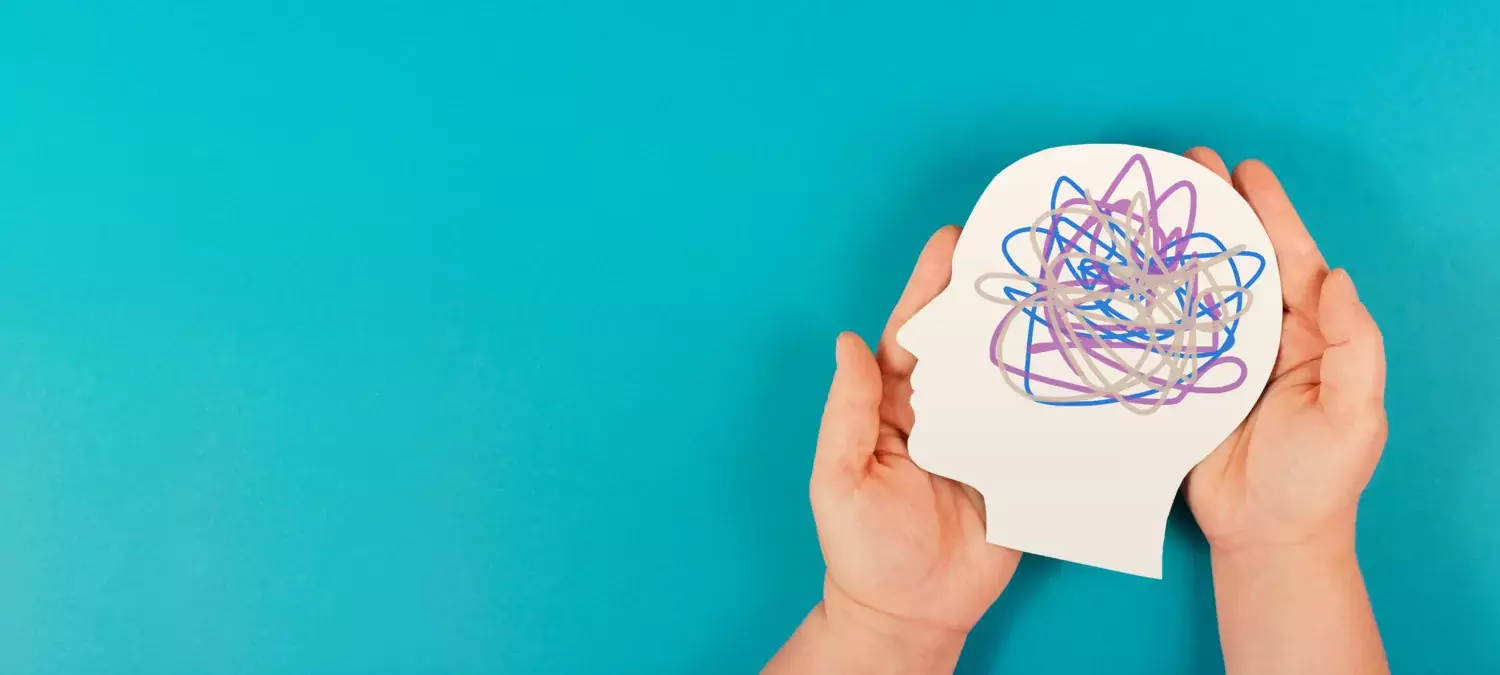2024-03-13 アリゾナ大学
<関連情報>
- https://news.arizona.edu/story/poor-sleep-linked-migraine-attacks-new-uarizona-health-sciences-study
- https://academic.oup.com/braincomms/article/6/2/fcae051/7610111
睡眠と片頭痛のような痛みの方向性の関係を解明する Unraveling the directional relationship of sleep and migraine-like pain
Robson C Lillo Vizin, Caroline M Kopruszinski, Paula M Redman, Hisakatsu Ito, Jill Rau, David W Dodick, Edita Navratilova, Frank Porreca
Brain Communications Published:18 February 2024
DOI:https://doi.org/10.1093/braincomms/fcae051
Abstract
Migraine and sleep disorders are common co-morbidities. Patients frequently link their sleep to migraine attacks suggesting a potential causal relationship between these conditions. However, whether migraine pain promotes or disrupts sleep or whether sleep disruption can increase the risk of migraine remains unknown. We assessed the potential impact of periorbital allodynia, a measure consistent with migraine-like pain, from multiple preclinical models on sleep quantity and quality. Additionally, we evaluated the possible consequences of sleep deprivation in promoting susceptibility to migraine-like pain. Following the implantation of electroencephalogram/electromyography electrodes to record sleep, mice were treated with either single or repeated systemic injections of nitroglycerin at the onset of their active phase (i.e. nocturnal awake period). Neither single nor repeated nitroglycerin affected the total sleep time, non-rapid eye movement sleep, rapid eye movement sleep, sleep depth or other measures of sleep architecture. To account for the possible disruptive effects of the surgical implantation of electroencephalogram/electromyography electrodes, we used immobility recordings as a non-invasive method for assessing sleep-wake behaviour. Neither single nor repeated nitroglycerin administration during either the mouse sleep (i.e. daylight) or active (i.e. night) periods influenced immobility-defined sleep time. Administration of an inflammatory mediator mixture onto the dura mater at either sleep or active phases also did not affect immobility-defined sleep time. Additionally, inhalational umbellulone-induced migraine-like pain in restraint-stressed primed mice did not alter immobility-defined sleep time. The possible influence of sleep disruption on susceptibility to migraine-like pain was evaluated by depriving female mice of sleep over 6 h with novel objects, a method that does not increase circulating stress hormones. Migraine-like pain was not observed following acute sleep deprivation. However, in sleep-deprived mice, subthreshold doses of systemic nitroglycerin or dural calcitonin gene-related peptide induced periorbital cutaneous allodynia consistent with migraine-like pain. Our data reveal that while migraine-like pain does not significantly disrupt sleep, sleep disruption increases vulnerability to migraine-like pain suggesting that a therapeutic strategy focused on improving sleep may diminish migraine attacks.
Graphical Abstract



